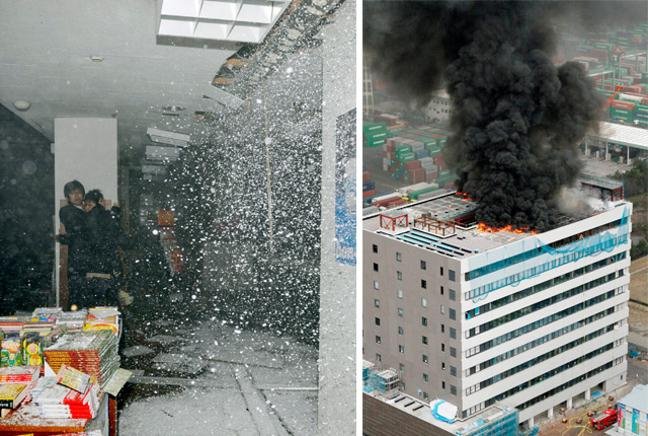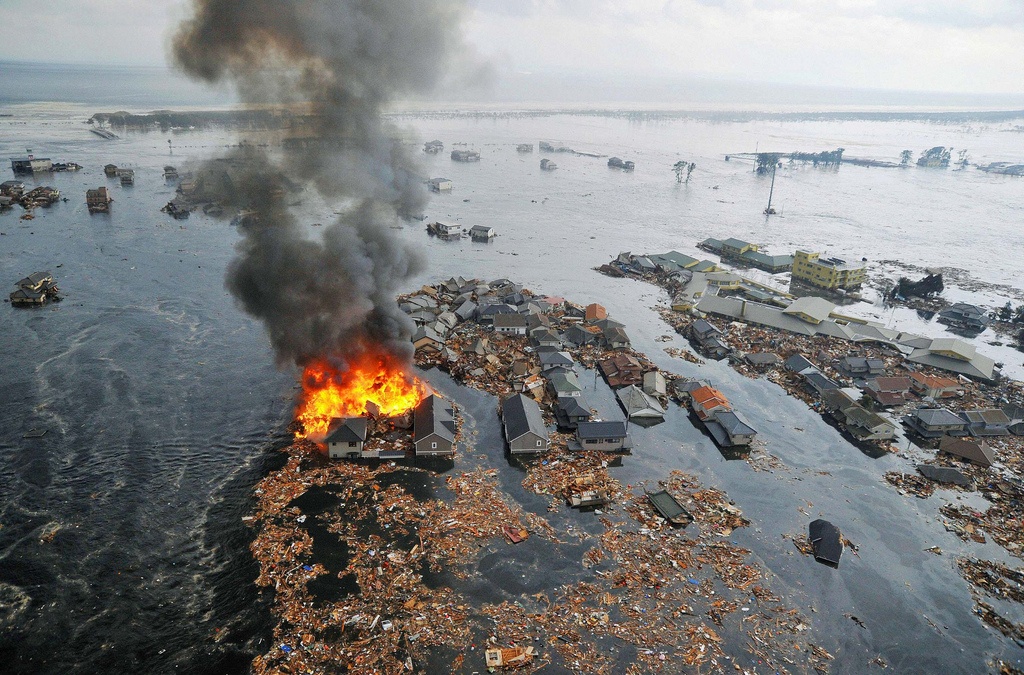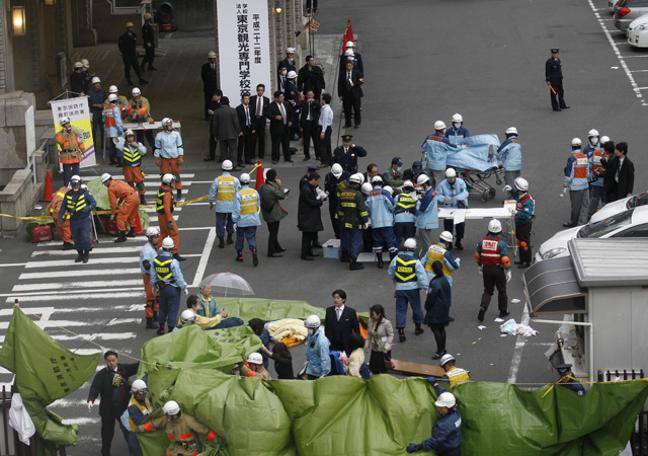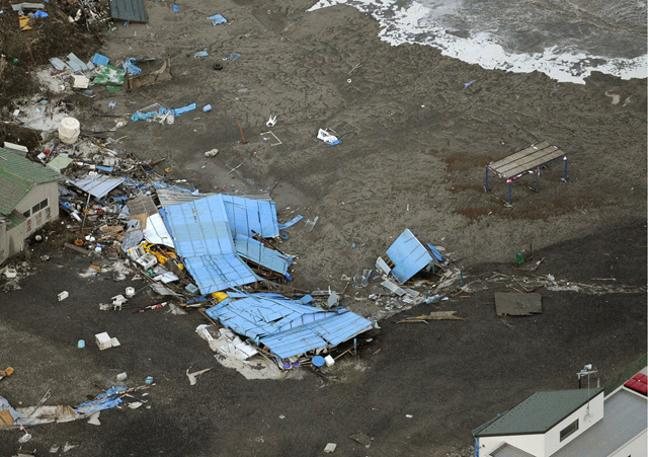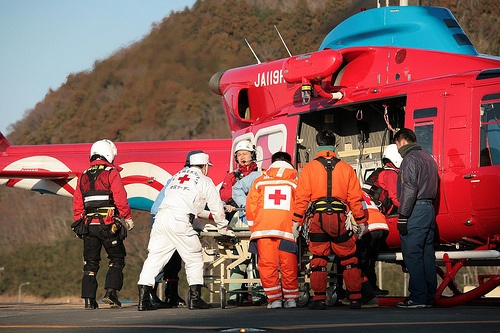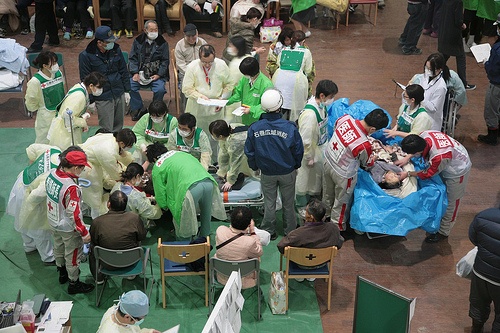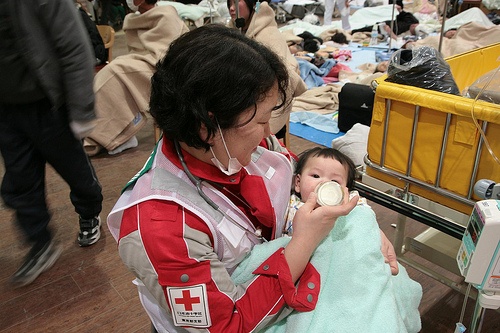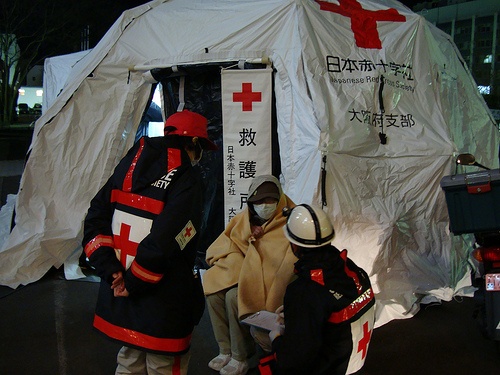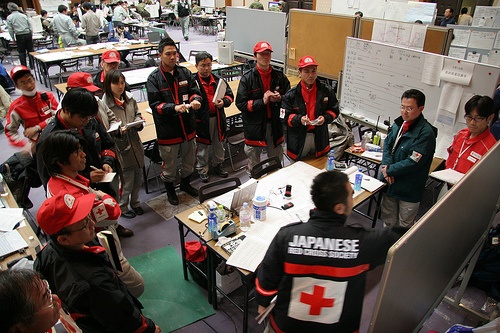When the earthquake and subsequent tsunami struck Japan, the Japanese Red Cross response was immediate. Their first task was, and continues to be, to provide first-aid and medical care, as well as assist with search and rescue.
The Japanese Red Cross has a vast network of volunteers who are currently responding to this disaster.
This is one of the things that makes the Red Cross unique around the world – each country has its own network of volunteers who are trained to respond to emergencies. Here, in Canada, our volunteers assist families across the provinces when they are affected by house fires, flooding, hurricanes and other natural disasters. Our volunteers truly make a difference.
Because each country has its own network of volunteers, we do not typically send volunteers to international disasters. We do, however, have a roster of highly-trained professionals, such as doctors and nurses, who work as delegates to the Canadian Red Cross and can be deployed when there is a need.
You can learn more about volunteering for the Canadian Red Cross or our program for delegates on our web site.
Have a look at these photos to see the Japanese Red Cross in action.
You can see more photos are available on our Flickr account.
If you are on Twitter, please connect with us @redcrosscanada
We are also on Facebook http://www.facebook.com/canadianredcross


